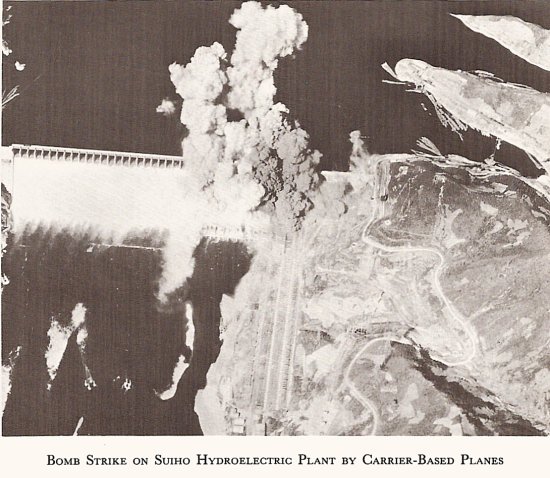According to the Economic Times of India:
Pramod Mittal, the younger sibling of steel tycoon LN Mittal and head of Global Steel Holdings, is negotiating with the North Korean government for a stake in the country’s Musan Iron Ore mines, estimated to hold reserves of more than seven billion tonnes. The move by Global Steel is aimed more at accessing the mineral resource, as the ore is in sharp demand with steelmakers expanding capacity and iron ore miners moving to a quarterly price regime to meet growing markets in Asia and Africa.
Mr Mittal, who is chairman of Global Steel, a closely-held company of the Mohan Lal Mittal family, had visited Pyongyang last week to talk to senior government officials to work out the modalities of a share of Musan’s reserves. The ML Mittal family consists of elder son LN Mittal, Pramod Mittal and younger brother Vinod Mittal, who looks after the Mumbai-based Ispat Industries. When contacted, Pramod Mittal declined to comment. “Our visit to North Korea is to further business interests. We are not looking for any stake in Musan,” he told ET .
According to people familiar with the development, Global Steel could likely be negotiating with Pyongyang for development rights to Musan for a fixed peiod, where Global Steel would do the mining and get to buy an agreed portion of the reserves. Typically, in the mining industry, such development rights are for a long term period of 20 to 50 years.
Global Steel, which is registered in the tax haven Isle of Man, has steelmaking operations in Bulgaria and Nigeria and a 20-year management contract to operate Zimbabwe Iron & Steel. Although Global Steel has a small steelmaking capacity of just more than 2 million tonnes, iron ore from Musan would not be used for Global Steel’s operations. Global Steel also owns two coal blocks in Mozambique where ArcelorMittal, controlled by elder brother LN Mittal, also has coal mines. While the Mittal family has maintained that Global Steel has no link to ArcelorMittal, the world’s largest steel company has been reportedly keen on Global Steel’s assets.
Two years ago, North Korea had granted development rights on Musan to China’s Tonghua Iron & Steel Group for a period of 50 years. However, Pyongyang recently terminated that agreement without offering any reason. People connected with the issue said Global Steel is negotiating with Musan on the amount of investment needed for developing the mines and also on building infrastructure, which is integral to any mining activity.
While the talks with Pyongyang is at an initial stage, under the previous agreement with Tonghua, the Chinese company had reportedly agreed to put in about 7 billion yuan, and had also planned to produce 10 million tonnes of iron ore each year. Of the total investment, about $240 million was for building roads and railways from Musan to Tonghua in China. The Musan iron ore mines are close to the Chinese border. The secretive North Korean government has recently been sending out feelers to global mining companies for developing its vast mineral deposits, said to contain one of the world’s largest reserves, closely rivalling Brazil.
The Musan Mine is the DPRK’s largest and satellite imagery of it can be seen here.
Here is a story about Tonghua’s Musan deal.
Read the full story here:
Pramod Mittal eyes stake in North Korea’s Musan mines
The Economic Times
MV Ramsurya
4/5/2010

